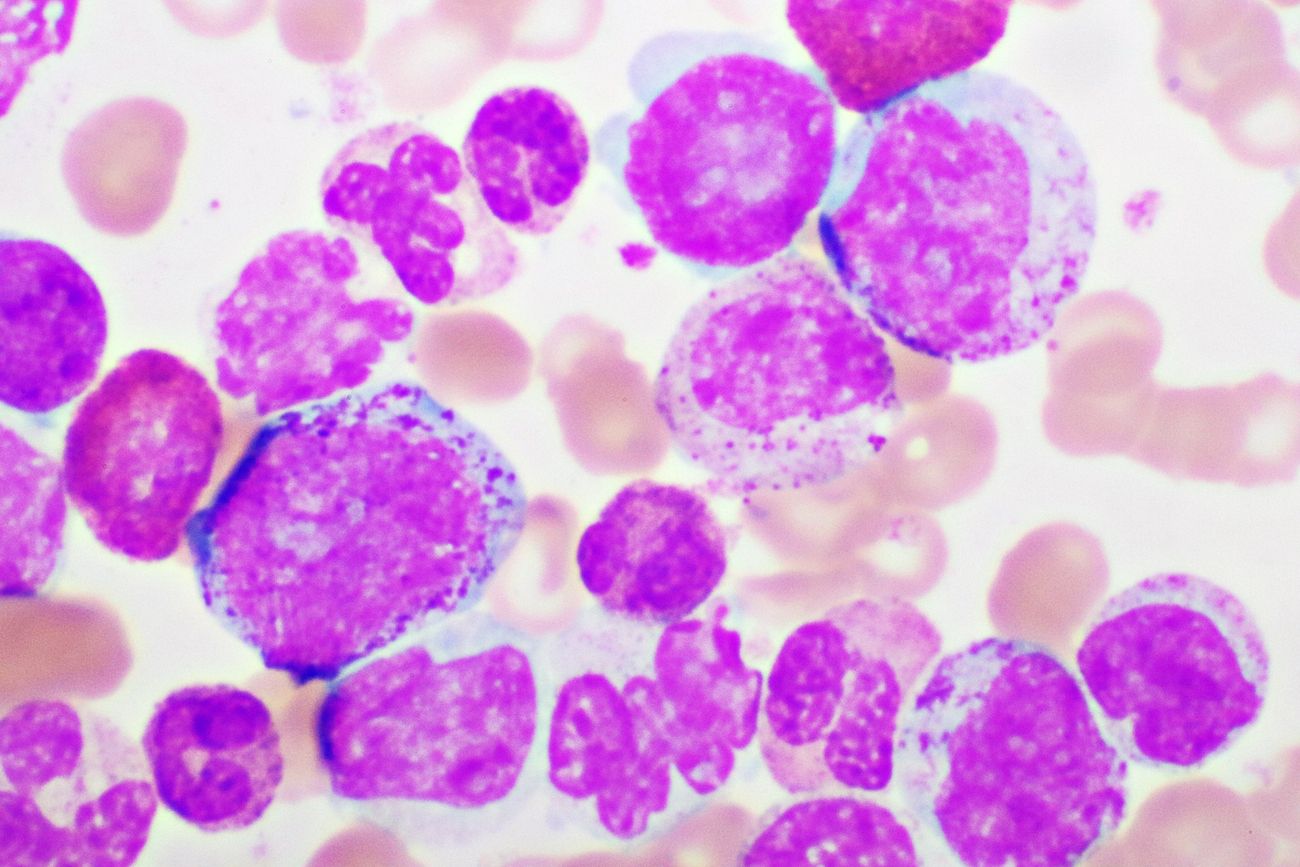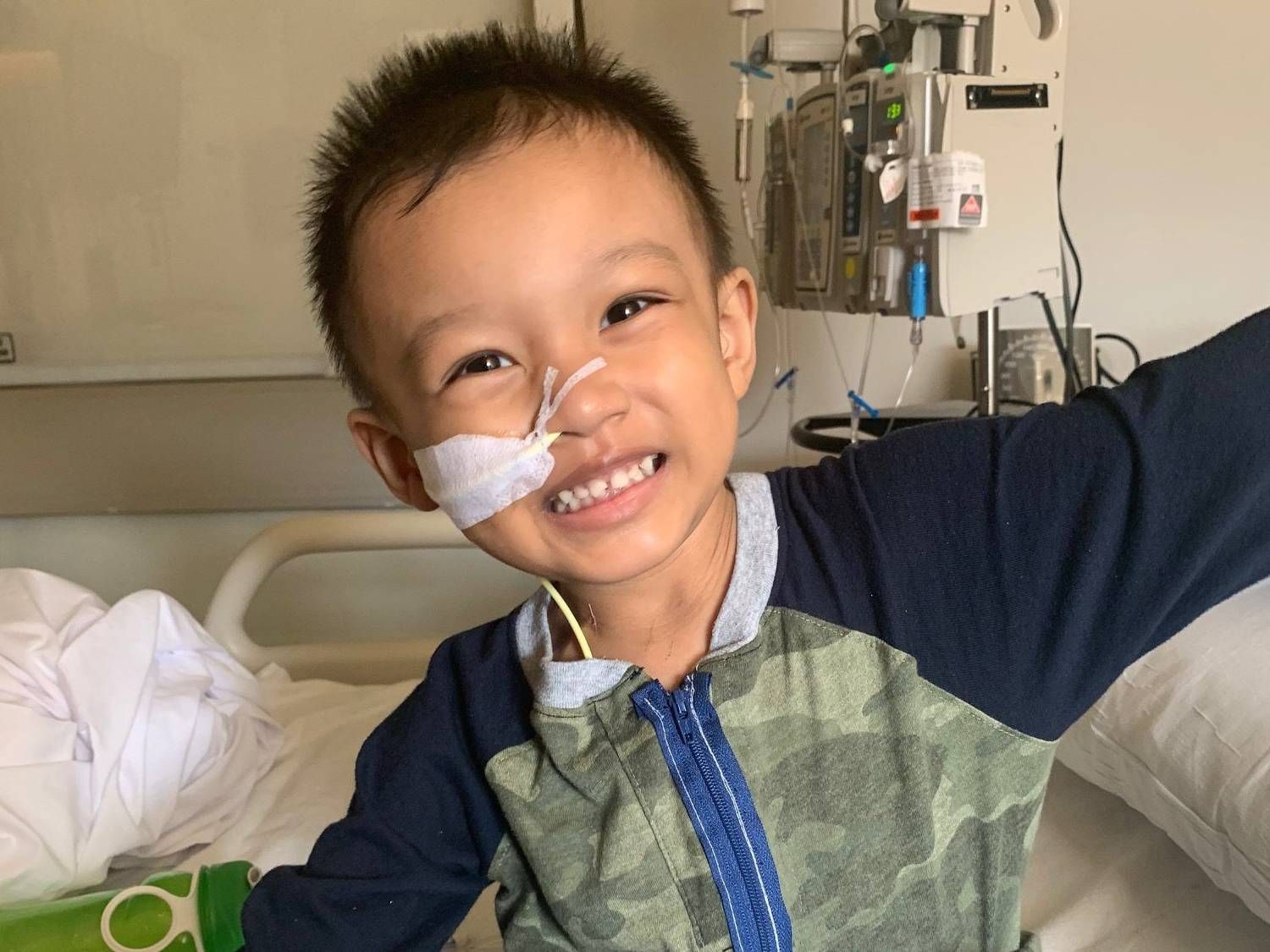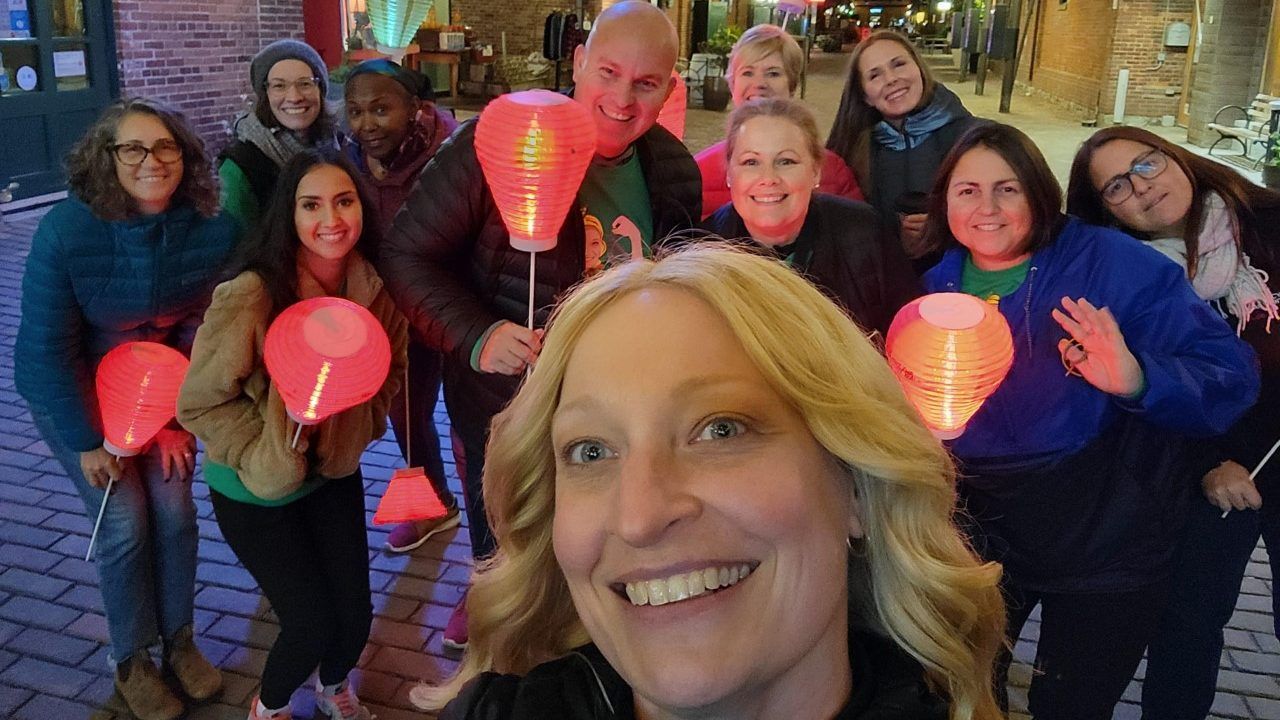“you can reduce the toxic dose and then you can also potentially reduce the side-effects of the treatment so you can improve the life of leukemia patients,” he says of the pain, diarrhea, vomiting and fatigue that can come with treatment.
he also emphasizes the importance of ongoing tests and monitoring for those who go into remission in order to keep a constant watch on their health. heart disease, secondary cancers, and thyroid issues are also associated with aml.
but liu’s commitment to finding a cure goes beyond the lab.
“we want to give hope for patients and families,” he says. “we know you’re suffering, but we work very hard. we try to improve your life and help you live a longer and better life.”
nadine prevost, director of research and community support with the
leukemia and lymphoma society of canada (llsc), is also encouraged by advancements in treatments and mitigating the side-effects. but she stresses the need for peer support and mental health services that help people going through what can be terrifying ups and downs of aml.
“cancer is not a linear experience,” she says. “people can have chemo and then they can have drug therapy and then they can relapse, and then they can have a stem cell transplant. and then if they become cancer-free with that, there’s another other grey zone.”
 5 minute read
5 minute read




















